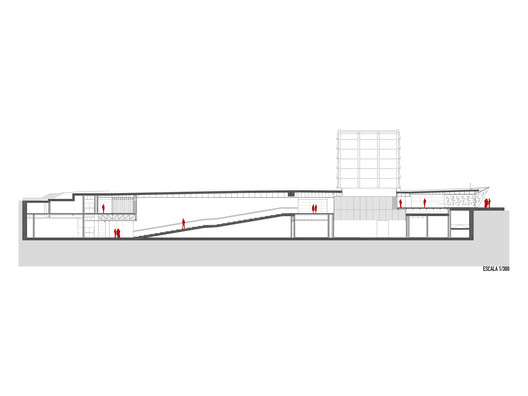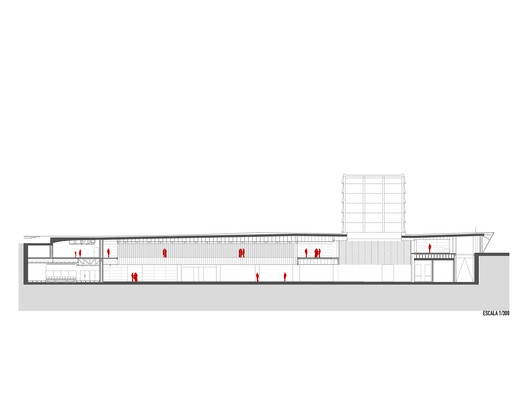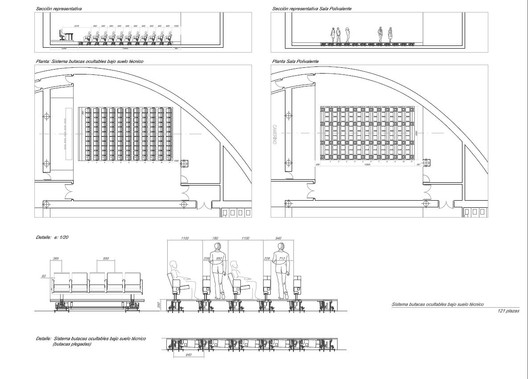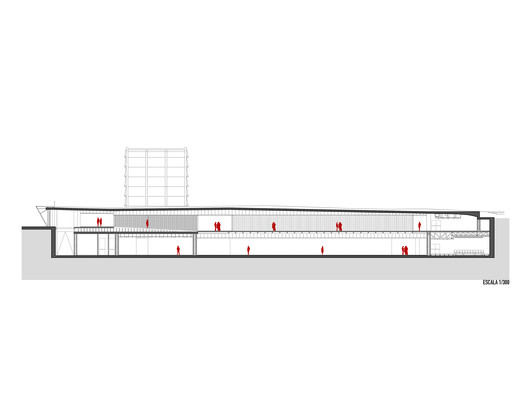
- Area: 7609 m²
-
Photographs:Jesús Granada, José Aznar Antón
-
Manufacturers: Desmon, GUBIA, Lamp Lighting, iLight
-
Structural Analysis and Facilities: 3.14 GA Consultores, Antonio Jiménez Márquez, Francisco Cano Fernández

Text description provided by the architects. The Outside
































